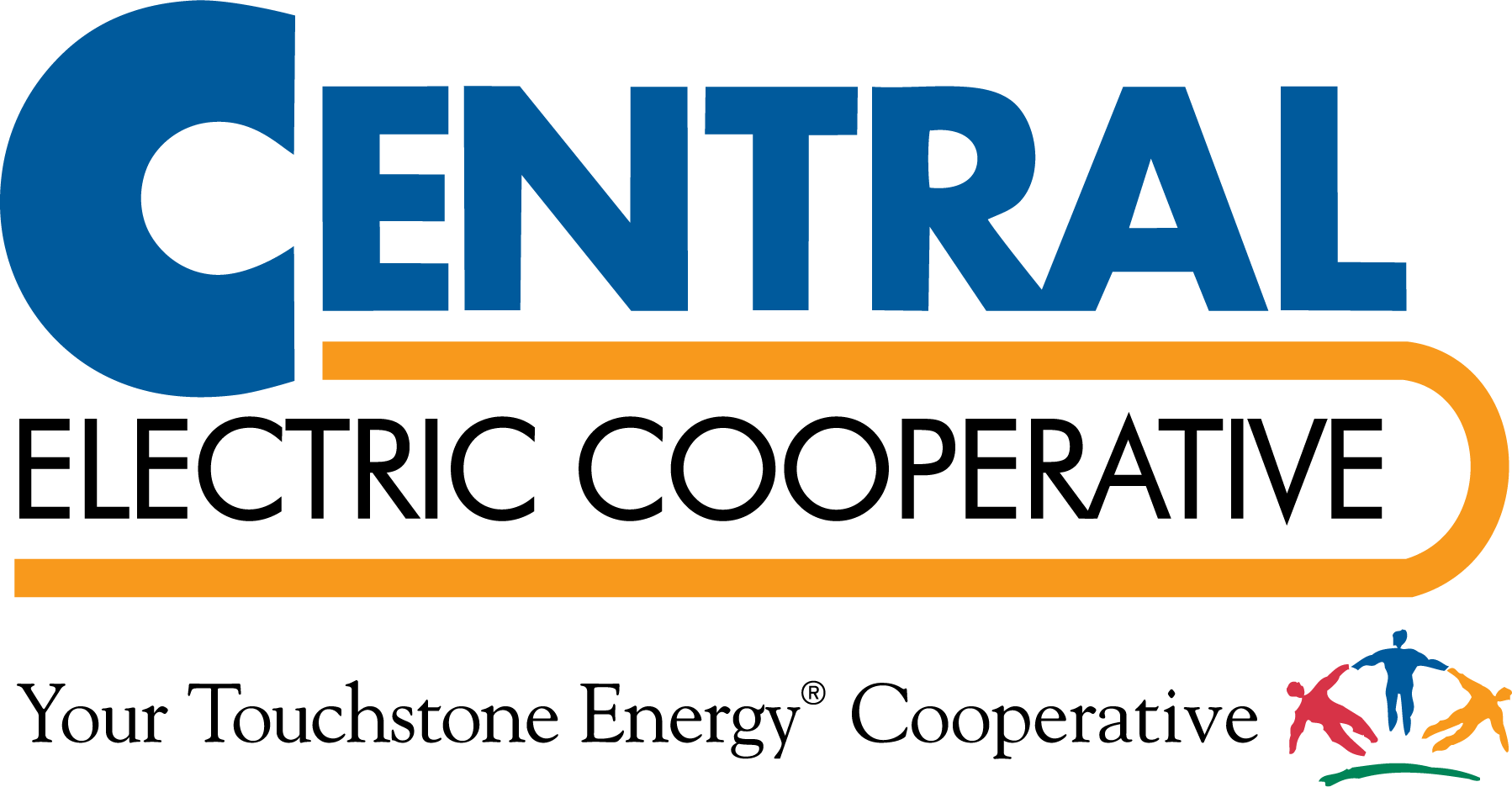Central Electric Cooperative is studying electric vehicles (EVs) to learn about home charging systems and if emerging technologies in the EV market may benefit members. Electric vehicles provide environmental advantages and, even though they may carry a higher price tag initially, tax credits and lower operating costs often balance out the initial investment.
Is An Electric Vehicle Right For You?
The main item to think about when considering an electric vehicle is the distance you drive every day. Battery technology is advancing, and most new EVs have a range of 200-300 miles. The average person drives 40 miles every day to commute to work and run errands. So, most new EVs will meet the needs of the average daily driver. EVs can easily be recharged overnight at home so they are ready for the daily commute the following day.
If you frequently take long trips, you may want to consider a plug-in hybrid electric vehicle (PHEV). PHEVs use a combination of an electric motor and a gasoline engine to power the vehicle. PHEVs have the ability to drive using gasoline once the battery has been depleted. PHEVs need to be plugged in to recharge but can operate in gas-only mode.
How Much Will It Cost To Operate An Electric Vehicle?
The US Department of Energy offers a Fuel Economy Comparison Tool to help you decide your best option.
The purchase price of electric vehicles can be higher than a normal gasoline vehicle, however, the higher price is often offset by lower ongoing maintenance costs of the vehicle. Energy costs to operate a battery-powered EV typically run around $590 a year while plug-in hybrid electric vehicles (PHEVs) cost around $720 a year. A gas-powered vehicle that gets 25 miles per gallon typically costs $1,320 a year for gas and maintenance.
Learn more here: Touchstone Energy Overview of EVs
Charging Options
There are three types of electric vehicle chargers.
Level 1 Chargers: All electric vehicles come with an adapter that can be used to plug a vehicle into a standard 120-volt residential outlet. This is known as level 1 charging. Level 1 is the slowest type of charging for an electric vehicle, however, it does not require installation of any additional charging equipment. It takes one hour of level 1 charging to power an EV for up to 3-5 electric miles.
Level 2 Chargers: These can be found at hotels, restaurants, and various public locations. Level 2 chargers can also be installed in a home or a garage if a 240-volt outlet is available. Level 2 charging is three to five times faster than level 1 charging. It can charge an EV to drive 10-20 electric miles for every hour the EV is plugged into a level 2 charger.
DC Fast Chargers: Charging an EV at a DC Fast Charge station is similar to filling a gasoline engine at a fuel pump. DC Fast Charge stations can charge a depleted EV battery to 80% capacity within 30 minutes. DC Fast Charge stations are typically installed in high-traffic areas and gas stations where drivers can stop for a break during road trips.
Visit PlugShare.com to Locate Public Charging Stations
Visit Alternative Fuels Data Center to Locate Public Charging Stations
Central Electric Cooperative EVs
Central Electric owns a Ford F-150 Lightning EV and a Polaris Ranger Kinetic electric side-by-side UTV. Grant funds are helping offset the cost of the UTV. By studying these technologies, we aim to learn more about home charging systems and help determine if EVs are a practical option for members and ag producers.
More information on EVs can be found here:
